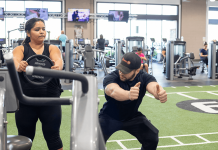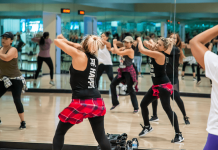Stretching may be your secret weapon to improving muscle recovery and performance. But the type of stretching you do, and when you should stretch, depends on your fitness goals.
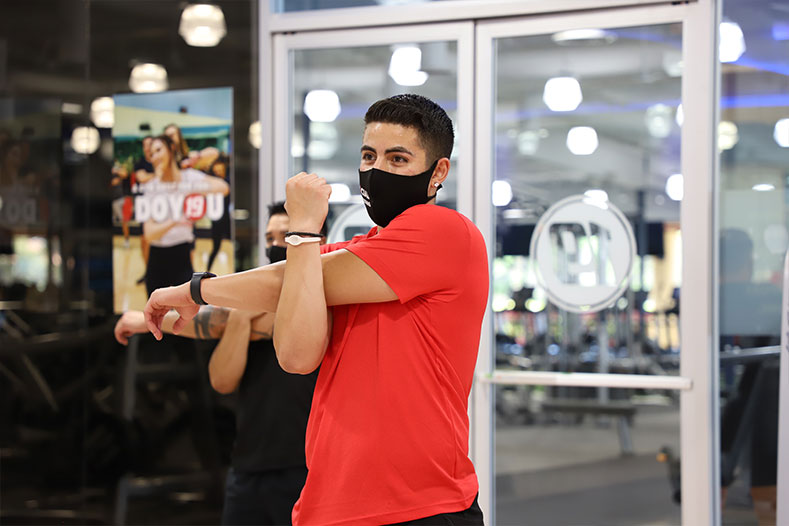 Many people think that stretching before working out can actually make you sorer the next day. This is because many static stretches force your muscles to relax and lengthen, which makes them susceptible to injury if you are then going to put a large amount of stress on those muscles through weightlifting or other forms of exercise.
Many people think that stretching before working out can actually make you sorer the next day. This is because many static stretches force your muscles to relax and lengthen, which makes them susceptible to injury if you are then going to put a large amount of stress on those muscles through weightlifting or other forms of exercise.
Stretching after your workout is a much better option for reducing muscle soreness and increasing flexibility! It allows your muscles to recover from their previous workout while also preparing them for the next one.
Also, studies have shown that static stretching before workouts may not be as effective at improving performance as dynamic stretching. So instead of doing traditional stretches like toe touches or quad stretch before hitting the gym, try adding in some dynamic movements into your routine such as high knees or butt kicks.
In this post, we will discuss the different types of stretches and how stretching can help you with muscle recovery.
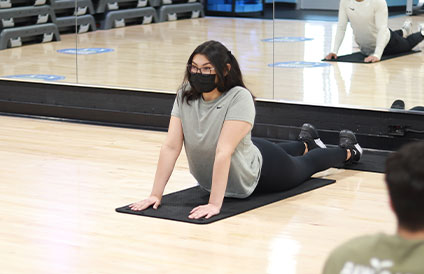 Different Types of Stretches
Different Types of Stretches
The difference between static and dynamic stretches is that when static stretching, you hold a stretch for at least 30 seconds. With dynamic stretching, there are different types of movements to loosen up your muscles before training or an event.
Static Stretches:
What is static stretching?
Static Stretches are stretches that are held for 15-30 seconds or more. These stretches are meant to help increase flexibility and reduce the risk of injury as well as promote muscle recovery post-workout.
Experts from recent studies suggest limiting the duration of static stretches before performing strength and power exercises. Studies have shown that prolonged static stretching before exercise can negatively affect the force and power of your muscles.
However, some experts suggest that static stretches may help with muscle soreness after a workout or event.
Dynamic Stretches:
What is dynamic stretching?
Dynamic stretching involves movement – typically in a forward and back motion, side-to-side movements, rotations, and other options that can be changed in order to target different muscle groups.
These types of stretches are often used before a workout or event in order to loosen up your muscles and reduce the risk of injury when exerting yourself with heavyweights (or whatever else you’re working out).
Recent research indicates that dynamic stretching may provide greater benefits than static stretching because it induces a more significant increase in muscle temperature. Muscle flexibility also increases with the use of dynamic stretching techniques.
Dynamic stretching is more appropriate before training because your muscles are pulled rather than being held. The purpose is to stimulate muscles you will utilize for the exercises you will do later in your workout.
Ballistic Stretches:
What is ballistic stretching?
Ballistic stretching is mainly used for warm-ups and involves jerking a muscle into its maximum length with momentum, then pausing for a few seconds before returning to the starting position.
The point is not just stretching, but also relaxing and lengthening the muscles you’ll use during exercise through mechanical stress. This will also increase the elasticity of your muscles and create more bounce.
This type of stretching is no longer recommended by fitness professionals due to the increased risk of injuries from the rapid bouncing and movement.
Proprioceptive Neuromuscular Facilitation (PNF) Stretch:
What is proprioceptive neuromuscular facilitation (PNF) stretching?
PNF stretching involves contracting the muscle being stretched, then gradually increasing tension while continuing contractions until achieving maximum length of that muscle.
This technique increases flexibility through various means such as the use of gravity, momentum, and muscle contractions.
Although this type of stretch can be done by yourself using resistance bands it is usually done with a partner who is applying constant tension.
PNF stretching is recommended to be done after exercises.
The Benefits of Stretching
We know that the benefits of stretching are indisputable. We’ve created the top benefits of stretching for weightlifters.
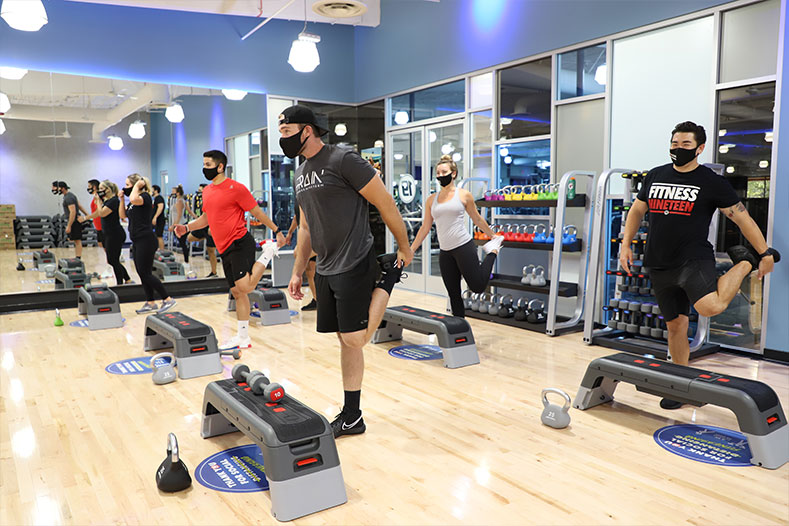 Improves Muscle Recovery
Improves Muscle Recovery
Stretching creates a longer-lasting pump in your muscles and boosts blood flow to the area of stretching. This leads to better overall performance and less soreness afterward.
Increases Range of Motion for Lifting
The increased flexibility from stretching can help weightlifters get more reps in the gym. Range of motion is crucial in weightlifting.
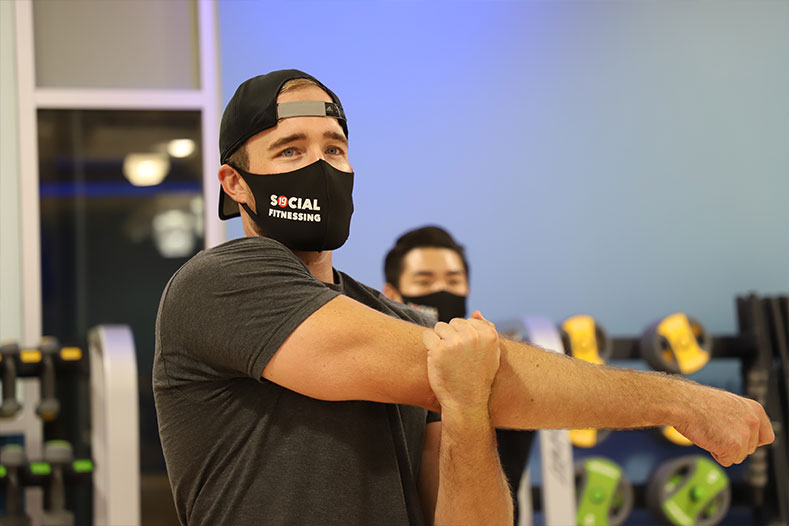 Increases Muscle Growth
Increases Muscle Growth
Stretching before and after exercise can lead to increased muscle growth.
Reduces Pain and Inflammation
By stretching, weightlifters can reduce pain and inflammation in their muscles which will help them recover faster from a workout.
Prevents Muscle Cramping
We’ve all experienced muscle cramps before and they are no fun! Stretching before and after a workout can help prevent muscle cramping.
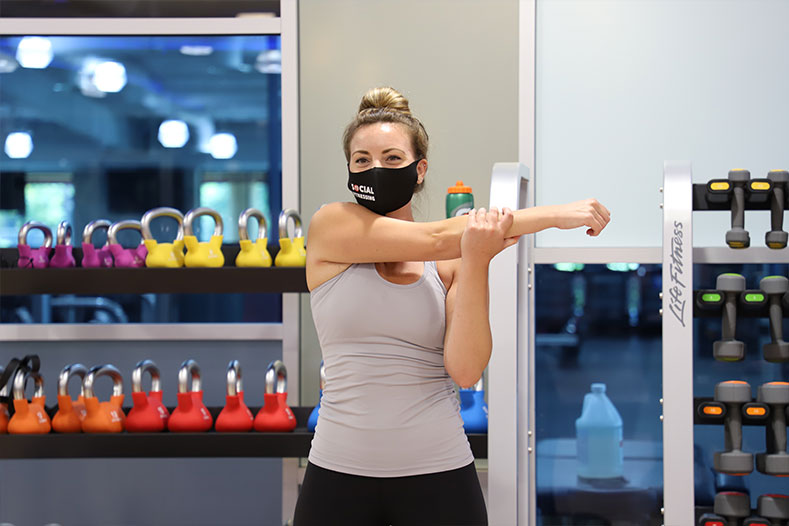 Helps prevent injury
Helps prevent injury
Stretching has been shown to help athletes improve their performance while reducing the chances of injuries. Taking the time to stretch at routine intervals helps keep your joints healthy and functioning properly.
Helps you recover from an injury
This is a no-brainer! Stretching helps your muscles relax, which in turn accelerates the healing process due to the increased blood flow.
You’ll be able to bounce back faster after an intense workout or long day at work when you take time to stretch for just a few minutes.
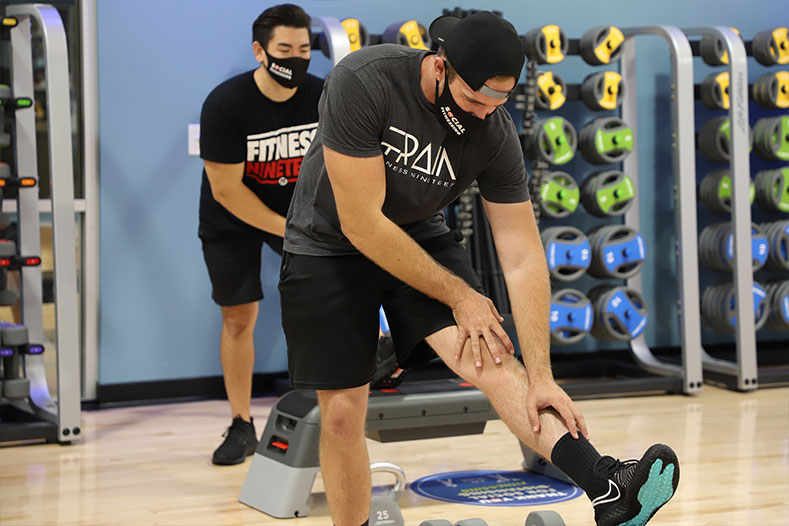 Improves flexibility and mobility
Improves flexibility and mobility
Mobility and flexibility are important for weightlifters because if their range of motion becomes too limited, they may not be able to train properly or progress with heavier weights which can lead to injury.
Improve circulation
When you stretch, it boosts oxygen and nutrient delivery to your muscle which means your muscles will recover faster. Improved circulation also makes your muscles more efficient!
Improves your posture
Posture is important for weightlifters and if you’re hunched over all the time, it can lead to back pain. Stretching can help loosen up tight muscles in your back and neck, reduce the tensions in the shoulders.
Key Takeaways: How to Improve Your Muscle Recovery and Performance with Stretching
If your workouts center around weightlifting, then you should prioritize dynamic stretching at the beginning of your workout routine. Static stretching is not very helpful before you start your workout.
Static stretches force your muscles to relax and lengthen making them susceptible to injury if a large amount of stress is then put on those same muscles through weightlifting or other forms of exercise.
If your focus is on muscle recovery, consider adding a stretching routine after your workouts.
If you’re focusing more on mobility, then static stretches are better to use at the beginning of your mobility exercise due to the fact it can help with pliability and flexibility in the muscles that might become tight as time goes on.
Lastly, remember that although the benefits of stretching are massive, you need to make sure that you’re doing the right type of stretches for your workout routine to prevent any future injuries.

